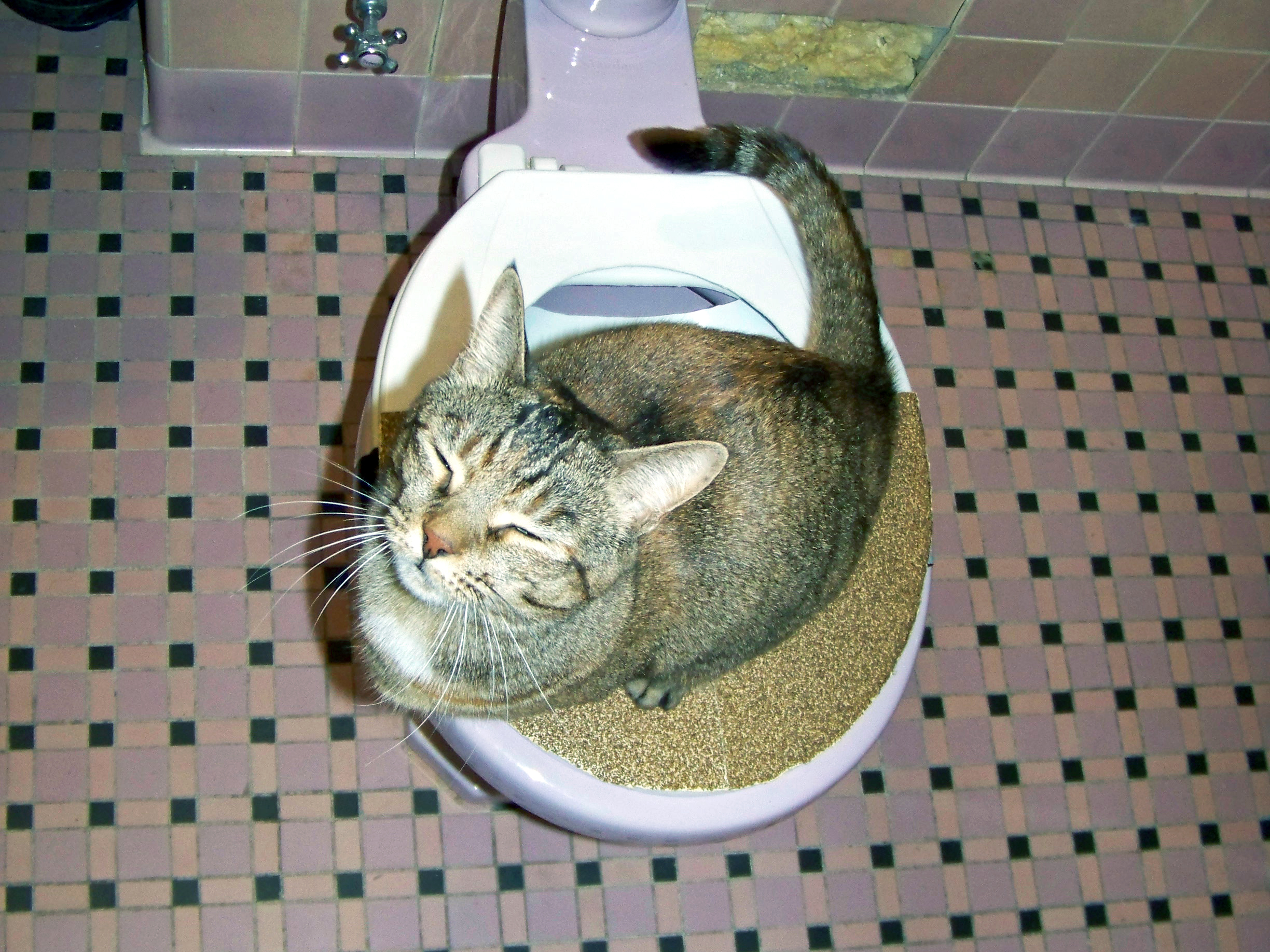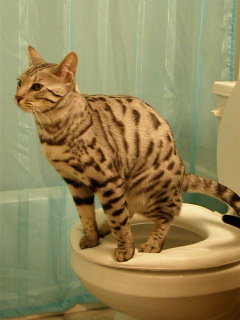Reasons Flushing Cat Poop Down Your Toilet May Cause Problems - Tips for Safe Handling
Reasons Flushing Cat Poop Down Your Toilet May Cause Problems - Tips for Safe Handling
Blog Article
They are making a number of good pointers regarding How to Dispose of Cat Poop and Litter Without Plastic Bags overall in this post down below.

Introduction
As pet cat owners, it's necessary to be mindful of how we get rid of our feline close friends' waste. While it may seem hassle-free to flush cat poop down the commode, this technique can have destructive effects for both the environment and human health and wellness.
Alternatives to Flushing
The good news is, there are safer and much more responsible means to deal with feline poop. Consider the complying with alternatives:
1. Scoop and Dispose in Trash
One of the most usual approach of dealing with feline poop is to scoop it right into an eco-friendly bag and throw it in the trash. Make sure to use a dedicated clutter inside story and dispose of the waste promptly.
2. Use Biodegradable Litter
Opt for naturally degradable cat trash made from materials such as corn or wheat. These trashes are eco-friendly and can be safely disposed of in the trash.
3. Bury in the Yard
If you have a lawn, take into consideration burying feline waste in a marked location away from vegetable yards and water resources. Be sure to dig deep enough to prevent contamination of groundwater.
4. Install a Pet Waste Disposal System
Buy an animal garbage disposal system especially created for cat waste. These systems use enzymes to break down the waste, reducing odor and environmental impact.
Health Risks
Along with ecological problems, purging cat waste can likewise position wellness dangers to people. Cat feces may include Toxoplasma gondii, a bloodsucker that can trigger toxoplasmosis-- a potentially severe health problem, specifically for expecting females and people with damaged immune systems.
Ecological Impact
Flushing pet cat poop presents harmful microorganisms and bloodsuckers right into the water system, positioning a substantial danger to aquatic ecosystems. These impurities can negatively affect marine life and compromise water high quality.
Conclusion
Responsible pet dog ownership extends beyond supplying food and shelter-- it also involves correct waste administration. By avoiding purging pet cat poop down the commode and selecting alternative disposal techniques, we can lessen our ecological impact and secure human wellness.
Why Can’t I Flush Cat Poop?
It Spreads a Parasite
Cats are frequently infected with a parasite called toxoplasma gondii. The parasite causes an infection called toxoplasmosis. It is usually harmless to cats. The parasite only uses cat poop as a host for its eggs. Otherwise, the cat’s immune system usually keeps the infection at low enough levels to maintain its own health. But it does not stop the develop of eggs. These eggs are tiny and surprisingly tough. They may survive for a year before they begin to grow. But that’s the problem.
Our wastewater system is not designed to deal with toxoplasmosis eggs. Instead, most eggs will flush from your toilet into sewers and wastewater management plants. After the sewage is treated for many other harmful things in it, it is typically released into local rivers, lakes, or oceans. Here, the toxoplasmosis eggs can find new hosts, including starfish, crabs, otters, and many other wildlife. For many, this is a significant risk to their health. Toxoplasmosis can also end up infecting water sources that are important for agriculture, which means our deer, pigs, and sheep can get infected too.
Is There Risk to Humans?
There can be a risk to human life from flushing cat poop down the toilet. If you do so, the parasites from your cat’s poop can end up in shellfish, game animals, or livestock. If this meat is then served raw or undercooked, the people who eat it can get sick.
In fact, according to the CDC, 40 million people in the United States are infected with toxoplasma gondii. They get it from exposure to infected seafood, or from some kind of cat poop contamination, like drinking from a stream that is contaminated or touching anything that has come into contact with cat poop. That includes just cleaning a cat litter box.
Most people who get infected with these parasites will not develop any symptoms. However, for pregnant women or for those with compromised immune systems, the parasite can cause severe health problems.
How to Handle Cat Poop
The best way to handle cat poop is actually to clean the box more often. The eggs that the parasite sheds will not become active until one to five days after the cat poops. That means that if you clean daily, you’re much less likely to come into direct contact with infectious eggs.
That said, always dispose of cat poop in the garbage and not down the toilet. Wash your hands before and after you clean the litter box, and bring the bag of poop right outside to your garbage bins.
https://trenchlesssolutionsusa.com/why-cant-i-flush-cat-poop/

As a devoted reader about Can You Flush Cat Poo or Litter Down the Toilet?, I thought sharing that piece of content was smart. If you please take the time to promote this article if you enjoyed reading it. I am grateful for your time. Don't forget to check our site back soon.
Book With Us Today! Report this page